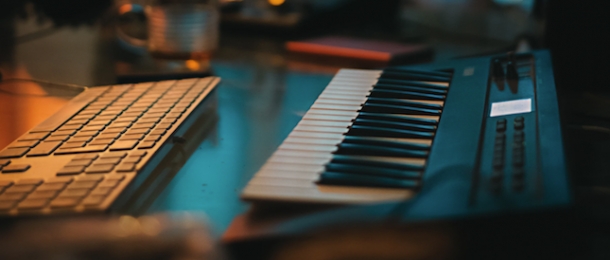
Let’s face it - hours sat in front of a computer screen involving little movement other than small flicks of the wrist, is hardly the healthiest way to spend your time.
For most of us music producers out there, the issue of health and fitness is one that often feels at odds with our passion, but that doesn’t mean to say the two are completely incompatible!
Of course, there’s absolutely nothing wrong with having a strong work ethic but we’re all familiar with the experience of having spent far too long hunched over our machines, deep in the creative zone, dry eyes burning and body aching from head to toe!
So, today I’d like to share a few tips with you that you can use to observe healthier sessions in the studio, which should in turn actually help your endurance and keep you feeling fresher and inspired for longer.
Stay Safe, Stay Healthy
I’ve been planning to write an article about staying healthy in the studio for months now, but owing to recent global events this subject takes on an urgency and even greater importance.
With much of the world having to spend more time indoors at the moment, making music can act as a vital emotional outlet, provided it doesn’t hurt your physical health at the same time. Let’s explore some ways you can make sure this doesn’t happen!
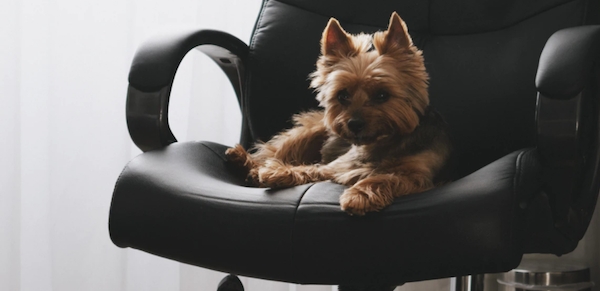
Ensure Your Comfort
My first tip is beyond obvious but it’s amazing how many people don’t properly consider their own comfort. Having said this, it’s very easy to sit in a position that doesn’t feel strange at first, then before you know it your back is screaming at you for having been in such a weird position for an extended period of time!
The most important things to consider here are:
- the height, angle and distance of the screen from your seated position. You don’t want your neck craned at some weird angle either up or down and your back should be straight at all times, plus the text on your screen should be readable so that you don’t find yourself leaning in unconsciously.
- your chair. You need something comfortable, with a proper back to it and always one with arm rests - these are crucial to avoiding any wrist pain. More on this below!
- the height of your desk and keyboard in relation to your chair. This should be such that when you rest your elbows on the arm rests of your chair, you can comfortably type and use your mouse. This takes most of the strain off your wrists.
- light sources. You need enough light that you can see comfortably but without straining your eyes in any way. Diffuse light is best if the source is in your line of vision i.e. you should never be staring into a naked bulb.
This process should also involve switching your mouse around from your preferred hand to the other - I know this will feel weird at first and it will take you a little while to work up to the speed you’re used to, but you will get used to it and anyone who works in an office will know how common wrist complaints are. Don’t let it happen to you!
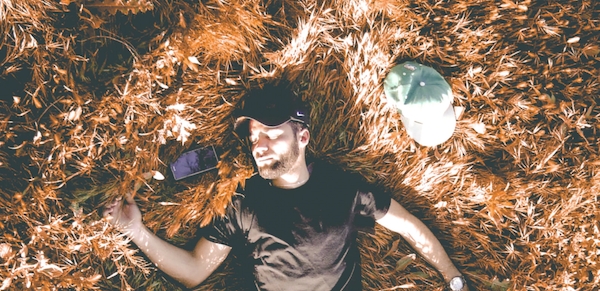
Take Regular Breaks
This is another obvious one but taking regular breaks from your screen, even for a couple of minutes at a time, is absolutely crucial to ensuring our physical health doesn’t suffer from extended periods in the studio.
I know how easy it can be to allow time to sail by when you’re locked into a project, so finding the right excuse to take short but repeated trips away from your screen is the key to the success of this tip.
For me, toilet breaks are a no-brainer but I also like to keep a full glass of water nearby as well as indulge in my obsession with coffee (though no more than a few cups a day), which gives me a few reasons to get up frequently from my studio chair throughout the day.
Also, stretch! It might seem silly but trust me, this will pay dividends by the end of your session when your back and neck feel loose and relaxed, rather than tight, rigid and in protest!
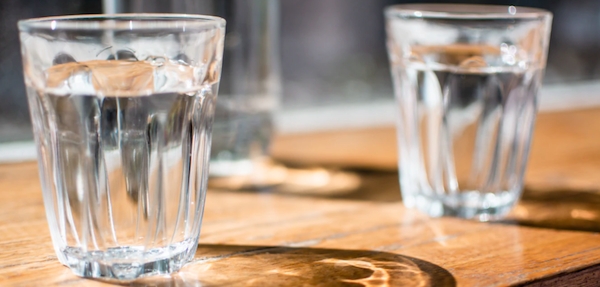
Stay Hydrated & Eat Something
This is another one that’s easy to forget when you’re in the throes of the creative process, but forgetting to eat and drink will make you feel tired and deflated long before the moon makes its daily ascent through the sky!
Having a small number of snacks throughout the day will help you feel energised, mean you need to eat less at meal times plus it’s another reason to get up off your chair every once in a while. Healthier options such as fruit and nuts are of course recommended.
Likewise with drinking, plus more liquids means more toilet trips - more reason to get up off your butt!
You might be thinking that all this time away from your studio setup will hurt your flow and kill inspiration, but I actually find the opposite to be true - often taking a little break affords you some mental space to either think of something else, or consider what you’re doing from a new angle.
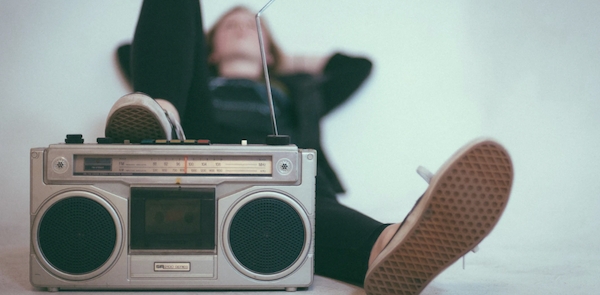
Listen To Music
This is really an augmentation of taking a break but research shows that listening to your favourite music can make you feel happier, plus it’s always useful to check in on your heroes when searching for inspiration.
Whether you do this whilst having a bite to eat, reading a book or even closing your eyes and having a quick lie down, take some time out of your studio session to kick back and listen to some of your favourite jams - I guarantee it’ll feel good!
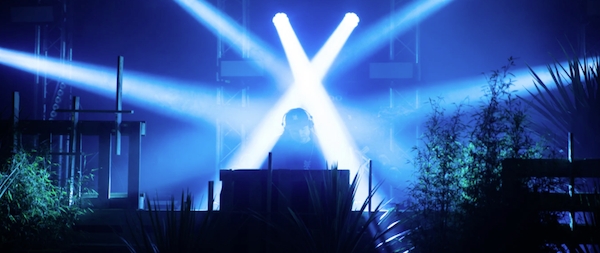
Filter Blue Light
One for the night owls, filtering the blue light your screen is emitting is important to making sure you get a good night’s sleep. Blue light can disturb your circadian rhythm, which is the term applied to the natural propensity of the body and mind for sleeping when it gets dark and feeling energetic when the sun is up.
Most modern operating systems have built-in display functions which allow you to either filter or reduce blue light - on new versions of Mac’s OS for example this is called ‘Night Shift’ and accessible via the display tab of the Preferences pane.
If you can’t find this or your machine is running an older OS then there are free apps available such as F.lux that will filter things for you.
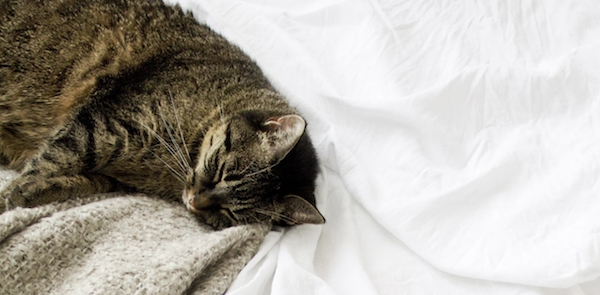
Leave Plenty Of Time Before Going To Bed
As a final tip, I want to stress the importance of winding down from your session before you think about hitting the hay. If you’re anything like me, then you’ll have spent countless hours in a state between waking and sleeping, with images of your latest session spinning through your head!
It’s not a nice experience and can be avoided by taking the proper time to disengage from your screens, including your phone, and mentally preparing for sleep. I’d say half an hour is the minimum time you should leave between studio and sleep, though it should ideally be an hour or longer.
Turn down the lights, put on some quiet music and throw on your pyjamas - comfort and reducing brain stimulus is the name of the game here and should help you on your journey into deep sleep.
Music Is Healthy
I sincerely believe that following the steps above are the route to healthy studio time - they've certainly been working well for me so far! It's important to remember that your mind gets tired just like your body, so observing these tips should help to keep you feeling engaged when you're making music.
It's also a firm belief of mine that the process of engaging with music is good for you, whether you're making it or simply listening to your favourite artists. At times of stress and anxiety, I hope that music is something that can help ease the strain as it has so often done for me. Until next time, stay safe and get creative!













